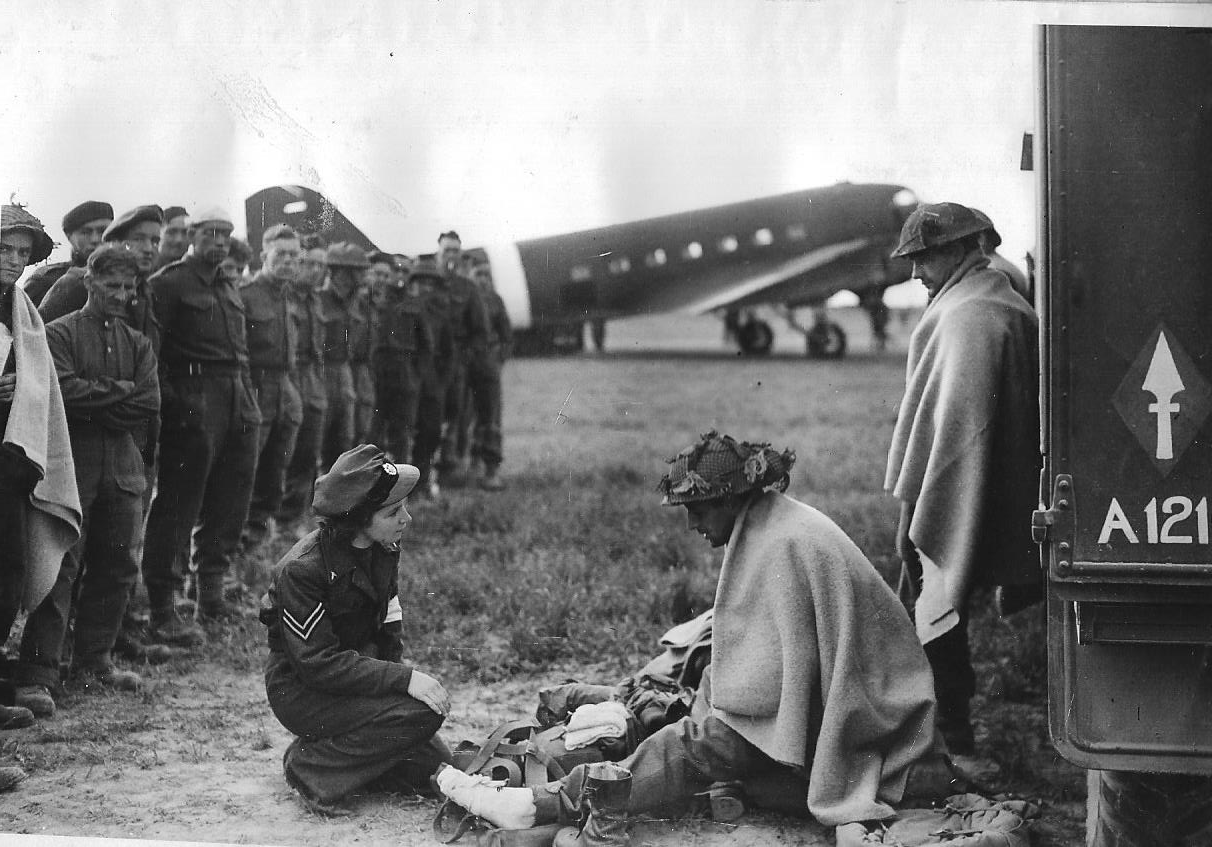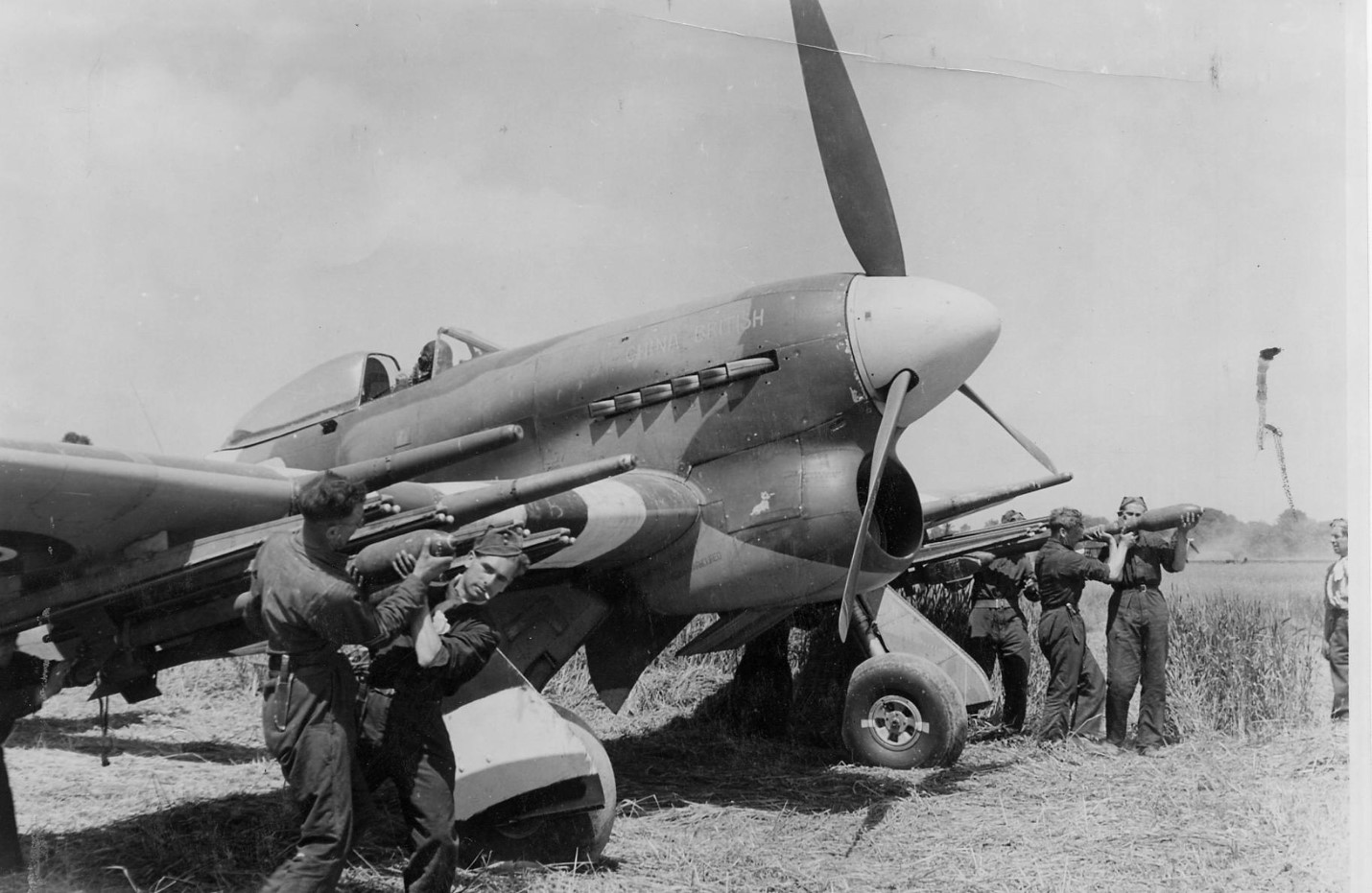Initiated on June 6, 1944, D-Day marked the largest amphibious landing in military history.
The RAF’s mission was to support the Allies in seizing a lodgement area on the French Normandy coast between Le Harve and Cherbourg. Designated landing beaches included Utah and Omaha for American forces, and Gold, Juno and Sword for the British and Canadians.












